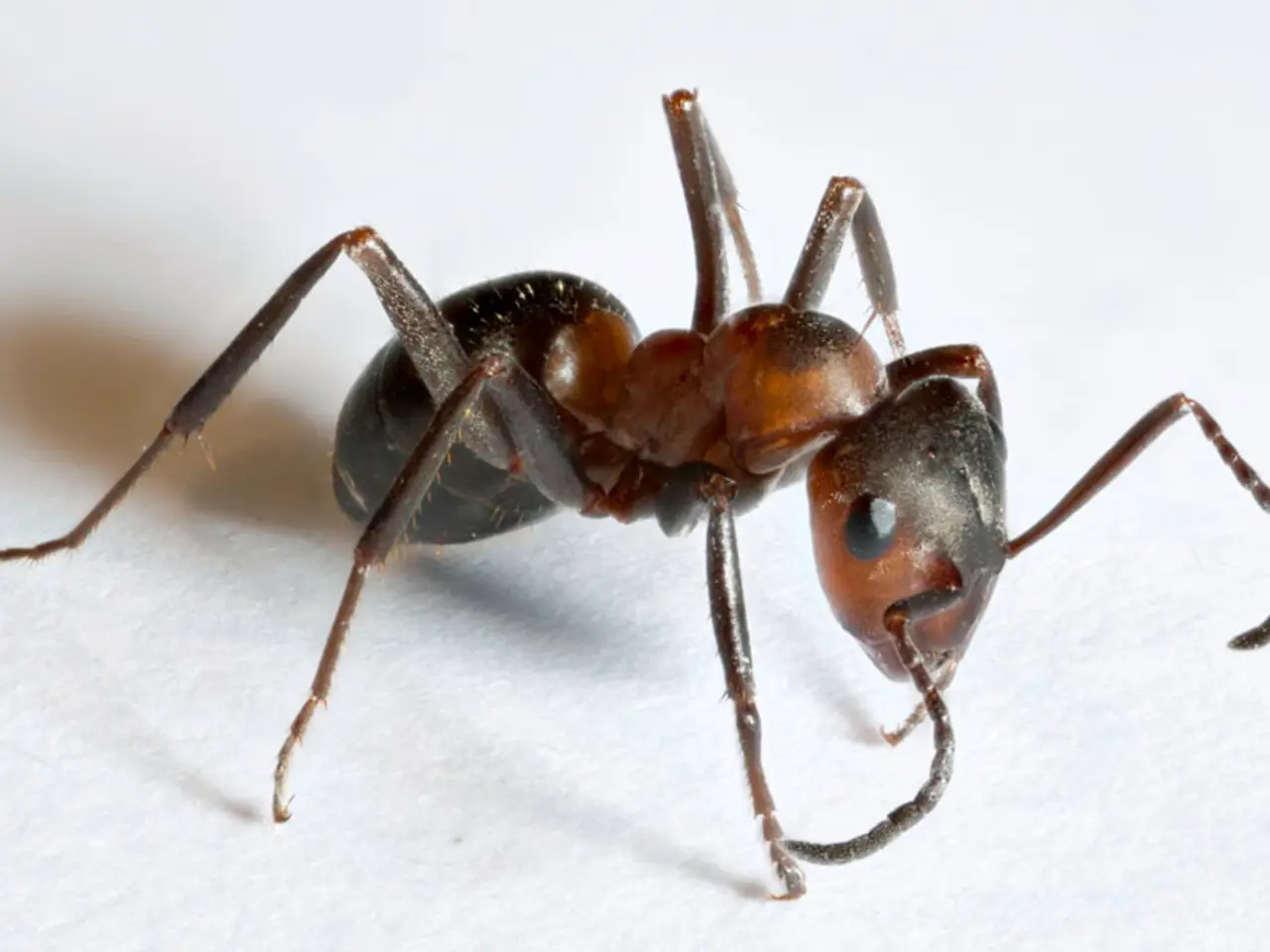Rapid Spread of Aggressive Asian Needle Ants Pose Threat to Summer Activities, According to a Leading Entomologist, Who Offers Solutions to Curtail Their Harsh Stings
In recent years, the Asian needle ant, a small but invasive species known as Brachyponera chinensis, has become a significant pest, particularly in the eastern United States. Originally native to China, Japan, and Korea, these ants were first introduced in the 1930s and have since become one of the most widespread invasive species worldwide, rapidly spreading across various regions.
These ants are notorious for their acutely painful stings, which can cause anaphylaxis, a severe and potentially life-threatening allergic reaction. Symptoms of anaphylaxis can vary, but may include throbbing pain at the sting site, itchy, swollen hives, fever, nausea, airway constriction, or trouble breathing.
As the climate changes, more areas throughout the US are becoming suitable for Asian needle ants to establish themselves. To effectively control and manage these ants in outdoor spaces, a combination of methods is recommended:
- Use targeted insecticide baits, preferably protein-based. Asian needle ants favor protein baits, and while baiting may be slow to work due to their unique behavior, it is still an effective strategy.
- Apply insecticides and baits to small colonies or urban populations. Treatments should be done with care, especially in moist, shaded areas where these ants thrive.
- Modify the environment by keeping mulch, wood piles, and plants away from building foundations or high-traffic human areas. This helps limit nesting opportunities and reduces infestation risk.
- Wear protective clothing such as gloves, long sleeves, and closed shoes when working in yards or handling materials like mulch that may harbor these ants. Their stings can be painful and cause allergic reactions.
- Consider biological control research developments. For instance, parasitoid flies like Pseudacteon flies, which have been successful in fire ant control, are being researched for their potential effectiveness against Asian needle ants. However, no parasitoid has been confirmed effective yet.
- Avoid DIY nest removal due to the risk of stings and potential colony disturbance.
In summary, the best current strategy involves localized insecticide baiting combined with environmental management and personal protection rather than expecting full eradication. Continuous monitoring and targeted treatments in areas with known colonies provide the greatest control effect.
Current reports indicate that 20 states across the US, many of which are located in the Eastern US, have Asian needle ants. It's crucial for homeowners and gardeners to be aware of these ants and take appropriate measures to protect themselves and their outdoor spaces.
Given the growing presence of the Asian needle ant, it's important for homeowners and gardeners to incorporate health-and-wellness precautions into their lifestyle. This may include wearing protective clothing while working in yards or handling materials, such as gloves, long sleeves, and closed shoes.
Moreover, the practice of home-and-garden maintenance plays a significant role in managing these ants. By keeping mulch, wood piles, and plants away from building foundations or high-traffic human areas, homeowners can limit nesting opportunities and reduce infestation risk.
Lastly, the fitness-and-exercise aspect of lifestyle is also relevant, as regular outdoor activities can expose individuals to ant infestations. Understanding the symptoms of anaphylaxis, such as throbbing pain at the sting site, itchy, swollen hives, fever, nausea, airway constriction, or trouble breathing, can help in early detection and prompt treatment.




